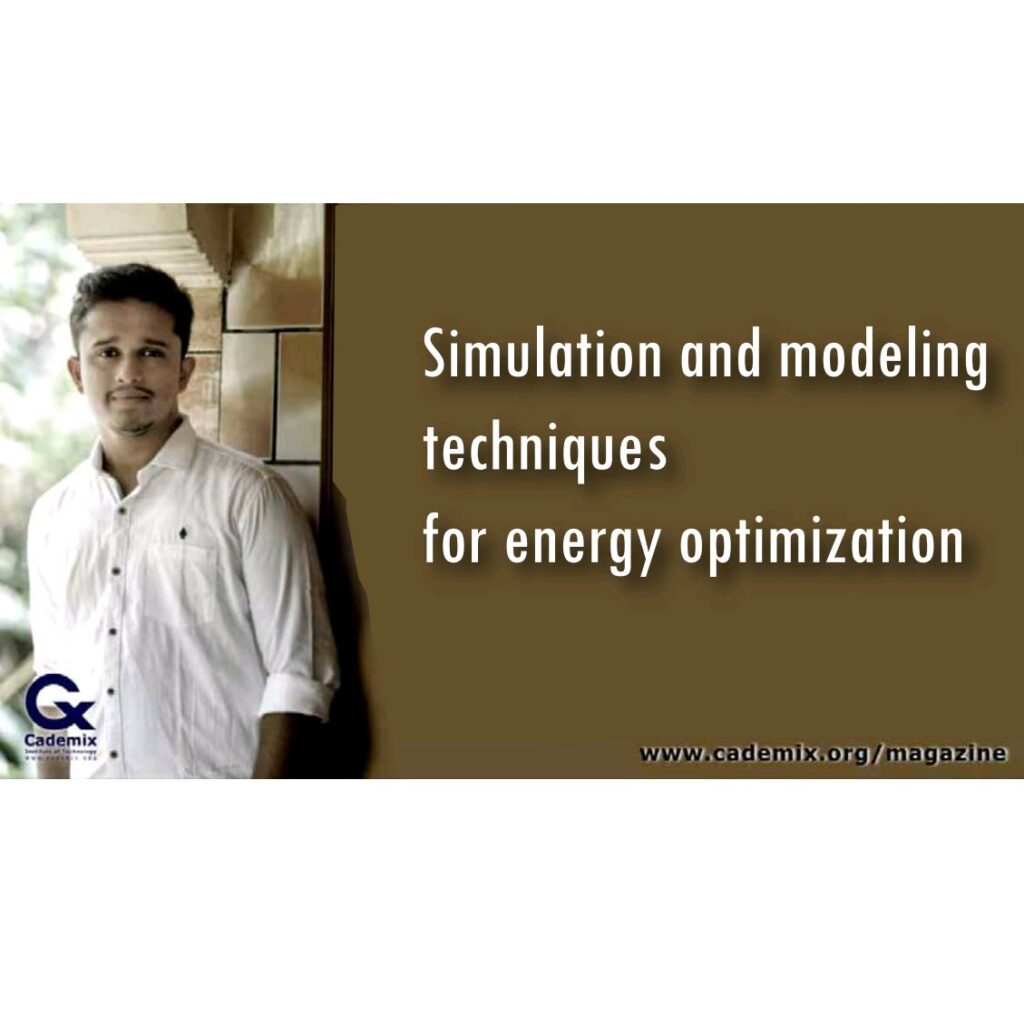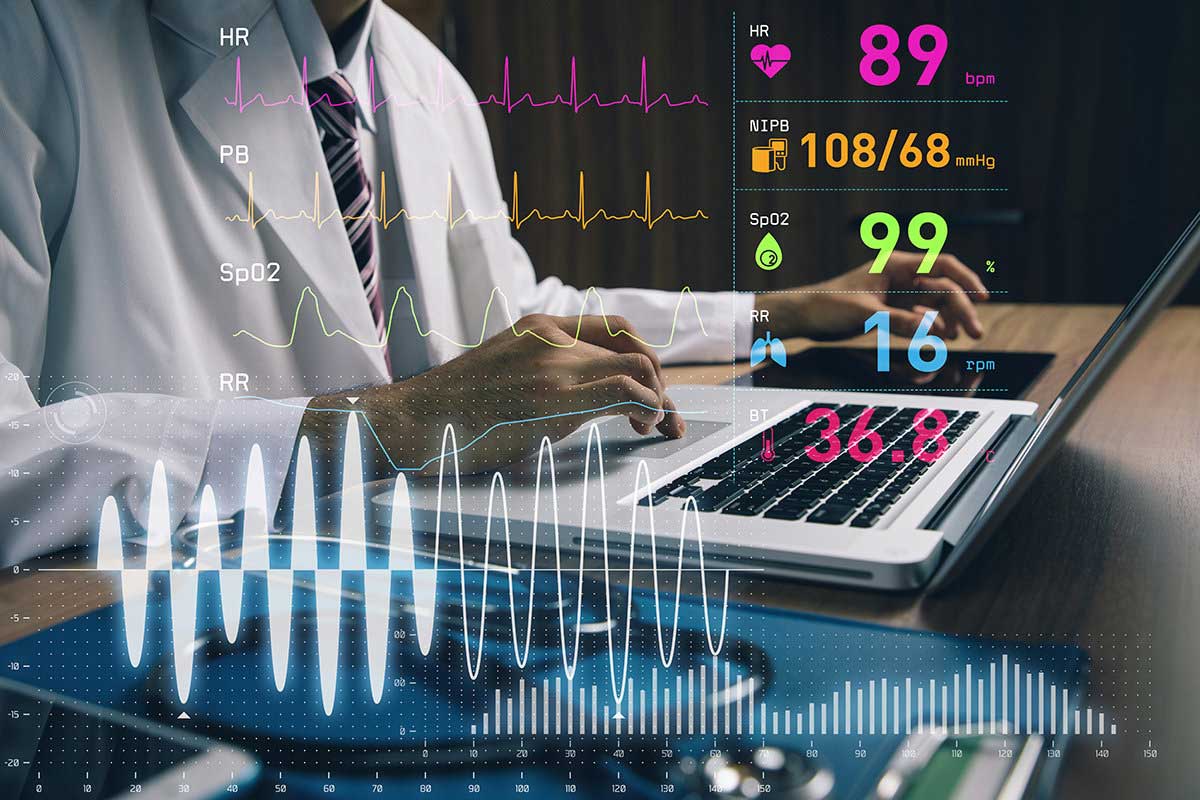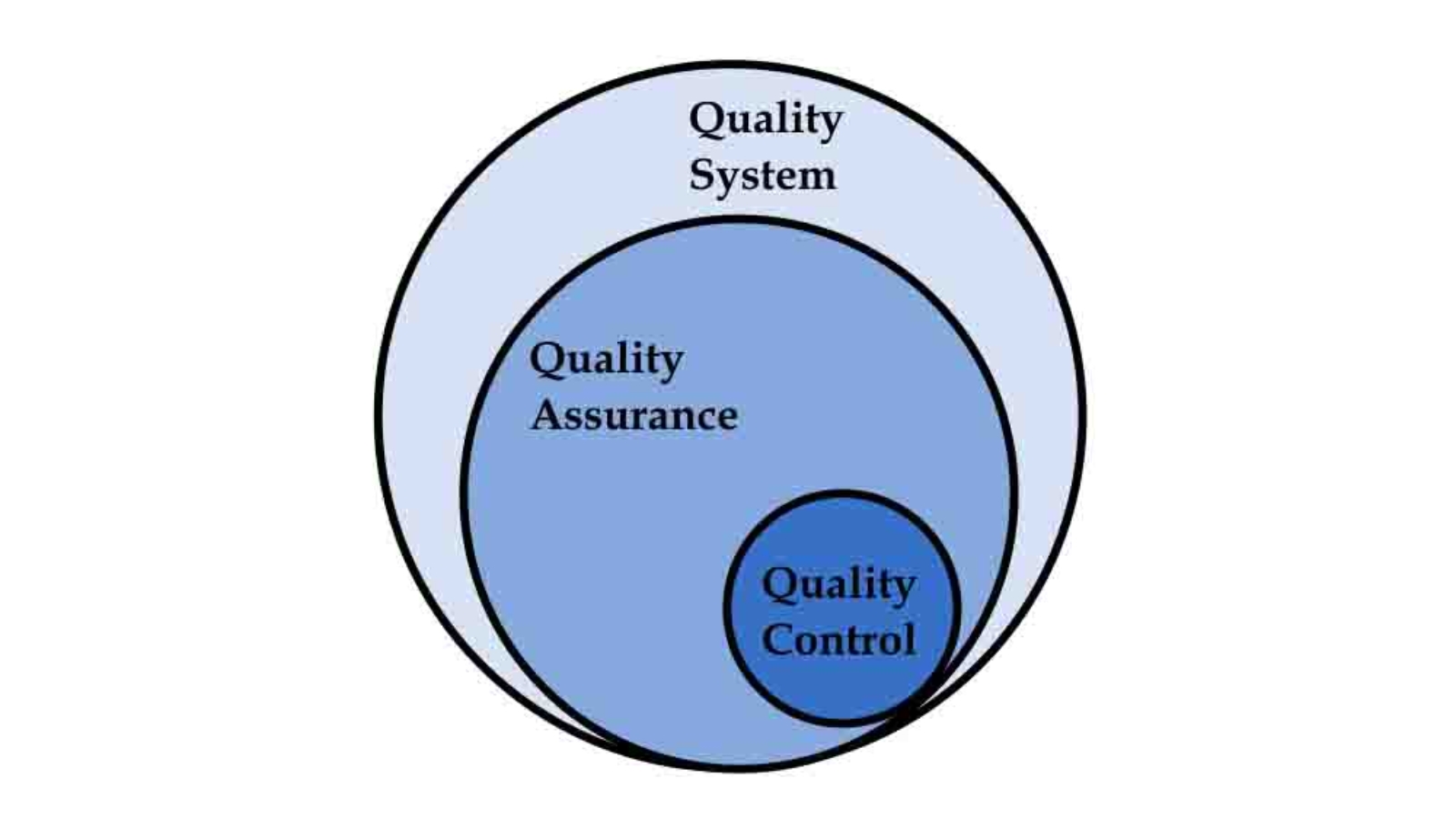Estimated Reading Time: 8 minutes This articles describes the working of Gas Emission Control silencer and also explains how it is better than all the other technologies available. Article by Shreyash More, Cademix Institute of Technology.
Simulation and modeling techniques for energy optimization
Abstract
This paper presents a survey of simulation and optimization modeling approaches used in reservoir systems operation problems. Optimization methods have been proved of much importance when used with simulation modeling and the two approaches when combined give the best results. The main objective of this review article is to discuss simulation, optimization and combined simulation–optimization modeling approach and to provide an overview of their applications reported in literature. In addition to classical optimization techniques, application and scope of computational intelligence techniques, such as evolutionary computations, fuzzy set theory and artificial neural networks, in reservoir system operation studies are reviewed. Conclusions and suggestive remarks based on this survey are outlined, which could be helpful for future research and for system managers to decide appropriate methodology for application to their systems.

Introduction
Energy is one primary driver of the modern economy that involves several stakeholders such as energy production and distribution firms, energy investors, end users, as well as government regulators. Population growth and improving standards of living, especially in developing countries, are expected to significantly increase energy consumption. The IEA predicts an increase in total primary energy demand from 13.8 billion tonnes of oil equivalent in 2016 to 19.3 billion toe under its “current policies” scenario in 2040 [1]. Alternatively, in the “sustainable development” scenario where policies are enacted in order to achieve the objectives of the COP 21 Paris agreementtroduction (2015) along with universal access to energy services and a substantial reduction in energy-related access to energy servicesTPED is rising to 14.1 billion toe emissions in 2040. CO2 emissions will rise in this timeframeUnder the new policy scenario, from 32.1 billion tonnes to 42.7 billion tonnes, or else they will have to A decline in the sustainable development scenario to 18.3 billion tonnes. Transitioning to a sustainable world Via the rapid implementation of renewable energy technology and energy conservation, the energy future.
The optimization techniques applied for the integration of distributed generation from renewable energy sources
At the Paris COP21, for the first time in more than two decades , the international community decided on a shared objective of reducing greenhouse gas ( GHG ) emissions and established a roadmap to bring an end to fossil fuel supremacy that lasted more than two centuries. This global agreement has given not only hope to developed and developing world people, but also a strong signal.The transition towards low-carbon economies should be eased by investors. The most important findings of the COP21 Agreement And economic questions, which restricted their degree of penetration. On the other hand, unlike traditional power plants, RE power plants need unique sites, which typically have a high capacity for energy, but are far away from the demand for loads. This situation urged the need for tools for mathematical optimization to assist in the process of planning and decision making, especially when it comes to selecting the sizes and locations of RE plants. Fostering further RES deployment and reducing costs.
The photovoltaic systems size optimization techniques
Based on the fact that PV systems are clean, environment friendly and secure energy sources, PV system installation has played an important role worldwide. However, the drawback of PV system is the high capital cost as compared to conventional energy sources. Currently, many research works are carried out focusing on optimization of PV systems so that the number of PV modules, capacity of storage battery, capacity of inverter, wind turbine capacity as well as diesel generator size optimally selected. In this paper, the current status of research on PV systems size optimization is reviewed taking into account standalone PV systems, hybrid PV/diesel generator systems, hybrid PV/wind systems, hybrid PV/wind/diesel generator systems as well as grid connected systems. In addition, size optimization techniques for the inverter in PV systems are reviewed. The outcome of this paper shows that the optimization of PV system is strongly depends on meteorological variables such as solar energy, ambient temperature and wind speed. Furthermore, the numerical methods are the mostly used methods. Meanwhile the artificial intelligence techniques have been employed recently to improve the process of PV system size optimization.
The size and efficiency of the PV system is heavily dependent on metrological variables such as solar energy , wind speed and ambient temperature, and thus detailed studies related to metrological variables need to be carried out to optimize a PV system. The importance of meteorological data in the dimensioning of PV systems lies in the fact that the performance energy of the PV modules is heavily dependent on the available solar energy, ambient temperature and wind velocity (in the case of hybrid PV / wind systems).
Computational optimization techniques applied to microgrids planning
computational optimization refers to a group of mathematical techniques focused on the selection of an optimal solution (with regard to some criteria) from a set of available alternatives. Diwerak describes optimization process as an iterative procedure, which is basically composed of an optimizer and a model. Despite of the name, an optimization method will not always find the optimum solution. Optimization algorithms, iterative and heuristics methods are cited among computational optimization techniques. The use of different optimization algorithms depends upon the type of optimization problem.Parallel computing is a form of computation in which large problems can be divided into smaller ones, carrying out many calculations simultaneously. In some cases, the complexity of the problems to solve is so high that no heuristic can be able to obtain accurate solutions in reasonable runtimes. But several authors have applied different approaches to microgrid planning problems. Problems will be reviewed in the following sections, together with optimization techniques applied to solve them.
The Optimization classification, algorithms and tools for renewable energy
The world energy demand will increase by 56% from 2010 to 2040. Fossil-based oil, coal and gas reserves will deplete rapidly in the next decades. Scientists are developing energy efficient systems and replacing fossil fuel-based power generating units.Renewable energy sources are being used for many applications. Grid connected and stand alone renewable energy sources systems are available in the market. The former system is normally suitable to fulfill the high energy needs while the latter is useful for remote residential users.It is important to know the exact capacity of different renewable energy sources at different locations. Cost reduction and power generation maximization are two main objectives when planning for the deployment of renewable energy. Various optimization models are available in the literature.There are increasing number of new optimization methods being proposed in the field of renewable energy sources. This paper depicts an updated review of the optimize methods being used to solve different problems.
Optimization of hybrid renewable energy power systems
Fossil fuels like coal, oil and natural gas are currently the world’s primary energy sources. The heavy dependence on the fossil fuel in 20th century largely reduced the natural reserve of it. Aware of its finite reserve and adverse effect on environment, engineers and scientists are increasingly trying to find and use alternative energy sources. The three most widely used renewable alternative energy sources are hydro, wind and photovoltaic (PV).Renewable energy system is considered as an attractive alternative to national grid in many regions and countries. Such power system can be PV, wind and hydro or the combination of them Such system can also have backup devices like diesel generator and battery bank to meet peak hour demand.Solar and wind energy complement each other, however both are unpredictable because of instantaneous fluctuation of solar irradiation and wind speed. A new hybrid system comprising of solar-wind and hydro were implemented in a remote village in Nepal.explored the characteristics of an off-grid hybrid renewable energy system (HRES) and their implications regarding the reliability of the system.
evaluation, optimization and synthesis of energy systems: methodology and application to thermal power plants
Thermal power plants are normally considered as the power stations, which produce electric power by various working-fluid based Rankine/combined cycles. Coal-fired power plants will still contribute 40% to the total world electricity generation in 2020, even with the fast growing of low-emission renewable power. More importantly, to cope with the increasing. injection of intermittent renewable power while maintaining stable and secure grid operation, thermal power. plants are expected to operate flexibly by allowing faster load shifting.Coal-fired power plants have gone through nearly one hundred years of development. Ferritic steel allows steam temperature below around 580 °C with the matched main steam pressure of around 250 bar. The current trend of technology development is toward higher steam parameters (temperature and pressure
The evaluation of the state-of-the-art in PV solar power forecasting: Techniques and optimization
Electricity is vital for economic development and technological growth, says author. The reliance is on non-renewable pollution-causing fossil fuels for electricity production. The rise in average global temperature has been correlated with extreme weather patterns. The bright side is that the harnessing of renewable energies (RE) demonstrates the potential of clean and limitless energy for the future.Solar energy is the radiant energy from the sun, which produces massive amounts of electromagnetic energy by thermonuclear fusion of hydrogen gas. Countries located in the geographical zones above 45”N or below 45”S latitudes have tremendous opportunity for harnessing solar energy. Regions in the Middle East, the Mojave Desert (USA), the Chilean Atacama Desert, the Sahara Desert and the Kalahari Desert are suitable for large scale PV installations.
The machine learning forecasting growth trends and their real-time applications in different energy systems
Energy forecasting and planning are important for different kinds of stakeholders for making the decisions of future energy development regionally, nationally and globally. The planning of energy forecasting models and their real-time applications started in 1960. The accuracy of energy demand forecasting models allows a great interest in different applications to avoid unexpected power blackouts as well as reduces the operating costs. This review highlights the state-of-theart forecasting models used in different fields.not expandable. Quantitative prediction algorithms (QPA) are applied to predict the future tasks as a function of different kinds of previous data. It is suitable to practice when previous statistical data is accessible, and when it’s prudent to consider those different specimens in the statistics are supposed to extend toward the future trends.
Machine learning in energy economics and finance
Machine Learning (ML) refers to a class of data science models that can learn from the data and improve their performance over time. ML is particularly useful in dealing with tasks that cannot be explicitly instructed by an analytic solution. The superior performance of ML models has made them popular in many areas of the energy industry.ML has also been widely used in applications related to the economic and financial analysis of energy markets. ML algorithms can manage a large amount of structured and unstructured data and make fast decisions or forecasts. ML methods focus on making accurate predictions for some outcome variables given other variables.
Patient Health Record Systems and GDPR Compliance
Patient health record systems are a new generation of user-centric information systems emerging in the healthcare industry. The General Data Protection Regulations (GDPR) plays an important role in defining the technical requirements for the European market. The most important aspect of the system is privacy and data protection. On a technical level, these systems provide a foundation for a new vision of health care that empowers patients and facilitates patient-provider communication. It has the goal of improving health outcomes and lowering the development and operational costs. Various research groups reported new sets of data and capabilities have been generated by this evolution, providing user, system, and industry levels with opportunities and challenges. The goal of the current study is to present a literature review to assess PHR data types, functionalities and recent development. Further we compare the development and the state of the art technologies in India and compare it with central European solutions.
By Joji Jermias and Javad Zarbakhsh
Cademix Institute of Technology, Austria

Technical Scope of Patient Health Record Systems
Personal Health Records, which are an evolution of existing electronic health records (EHRs), provided a patient-centric network to promote the emerging view of health care, allowing patient-provider knowledge exchange and coordination with the aim of maximizing health outcomes and reducing costs. With the advent of mobile computing and the progression of patients’ technological aptitude, the use of PHRs has increased. PHRs have been created as an expansion of EHRs to enable patients to access their own health care. With patients’ permission, the data, combined with advanced data mining and machine learning, will open up a slew of new research possibilities. For example, models will now be improved in areas of the disease forecast, risk evaluation and early identification of symptoms, leading to important improvements in clinical quality and cost optimisation. Nevertheless, data and user-related problems come together with fresh possibilities created by PHR technologies. Data related concerns including accuracy, confidentiality and protection apply to the gathering, secure storage and retrieval of vast amounts of patient information from distributed databases. Appointment management, drug renewal, and encrypted communications are among the features provided via the PHR that are meant to be used by patients rather than caregivers. The recently formed PHRs included a supplementary source of clinical data such as patient-reported outcomes, physician ratings, drug adherence, and social support, as well as new data mining tools for detecting, measuring, and predicting health-related outcomes. To ensure individualised, effective treatment, the Partnership for the Future of Medicare recommends using creative approaches such as email consultations and self-monitoring. Furthermore, Medicare aims to make health-care data, such as quality and efficiency metrics, more easily available and affordable.
General Data Protection Regulation (GDPR)
The General Data Protection Regulation (GDPR) is the world’s most rigorous privacy and security law. Although it has been initiated and approved by the European Union (EU), it imposes obligations on organizations wherever they are, as long as they target or collect data relating to individuals in the EU. In May 2018, the regulation went into effect. Those who violate the GDPR’s privacy and security standards will face steep fines, with penalties ranging in the tens of millions of euros.

State of the Art in Europe & India
To allow the transfer of health data and it’s interoperability across borders, the European Commission has adopted a recommendation on a European Electronic Health Record sharing format. It accomplishes this by assisting Member States with their attempts to ensure that people can safely access and share their health data regardless of where they are in the EU. People will be able to easily view and share their health records with healthcare providers using the electronic health record sharing format, such as while visiting a doctor or undergoing medical services in another EU country. The General Data Protection Regulation (GDPR) emphasizes citizens’ ability to access their personal data and establishes a regulatory basis for personal data protection, also directly applicable rules for the collection of individuals’ personal data, including health data. The Directive on Patients’ Right in Cross-Border Healthcare establishes rules for promoting access to secure and high-quality cross-border healthcare. The e-Health Digital Service Infrastructure (eHDSI), which is adopted by the Commission and Member States through the Connecting Europe Facility (CEF) Program, has been working on technological standards for health data sharing. The eHDSI links eHealth national contact points, enabling them to share two types of health information: patient summaries and ePrescriptions. The first meetings between Estonia and Finland took place in January 2019. By 2021, 22 Member states are expected to share this type of health data. Through promoting EU-wide interoperability and data sharing, this Recommendation builds on and leads to the further advancement of eHDSI.

In India, there is a different situation. The scale of digitization of healthcare services is increasing in various healthcare institutions. The Electronic Health Record (EHR) Standards for India were announced by the Ministry of Health and Family Welfare (MoH&FW) in September 2013.The EMR Standards Committee, which is part of the Ministry of Health and Family Welfare, made these recommendations. The paper included suggestions for creating a standardised framework for healthcare facilities to create and maintain electronic health records. These principles were updated in December 2016 and were made public. From institution-centric healthcare systems, which failed to extend data to patients who often struggled with paper-based records, there is now a growing trend toward citizen-centric healthcare systems. The Ministry of Health and Family Welfare, in collaboration with the Ministry of Electronics and Information Technology, Govt. of India has developed the myHealthRecord Personal Health Record Management System for the citizens. To summarise, India’s production and introduction of electronic health records is still in its early stages. If this effort is to work on a large scale, it is critical to concentrate on the following general issues:
- better guidance for physicians and other healthcare practitioners in how to use EHR effectively;
- a much higher level of public-private collaborations is required;
- adequate ICT technology is required;
- efforts to standardise EHRs are required.
- A national health information technology strategy must be developed;
- There should be an effective management system in place to deploy EHR;
- There must be a balance between the software development team and the healthcare delivery team.




